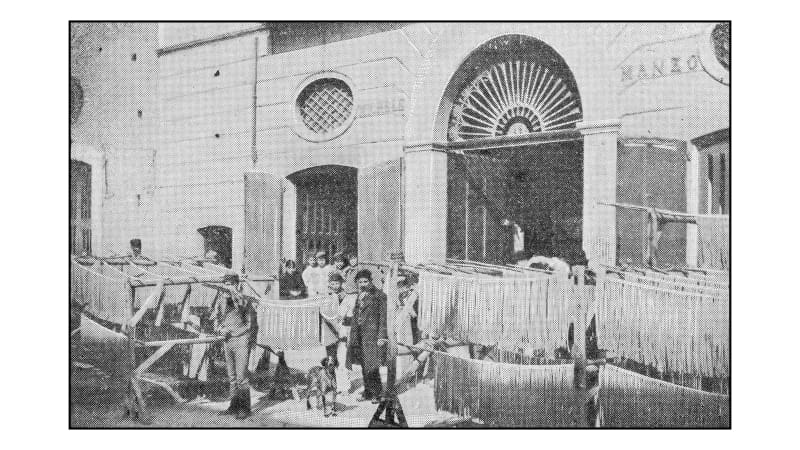Before 1100:
Pasta's origins are difficult to pinpoint, but the method of using wheat to make noodles is thought to have made its way to the Mediterranean from China around the first century. Lasagna-like noodles appear in southern Italy as early as the fourth century.


